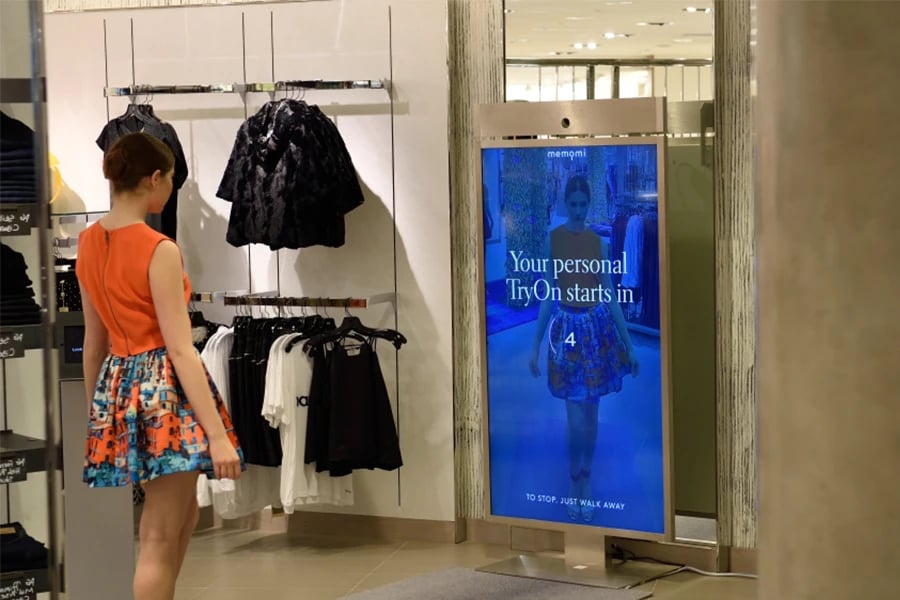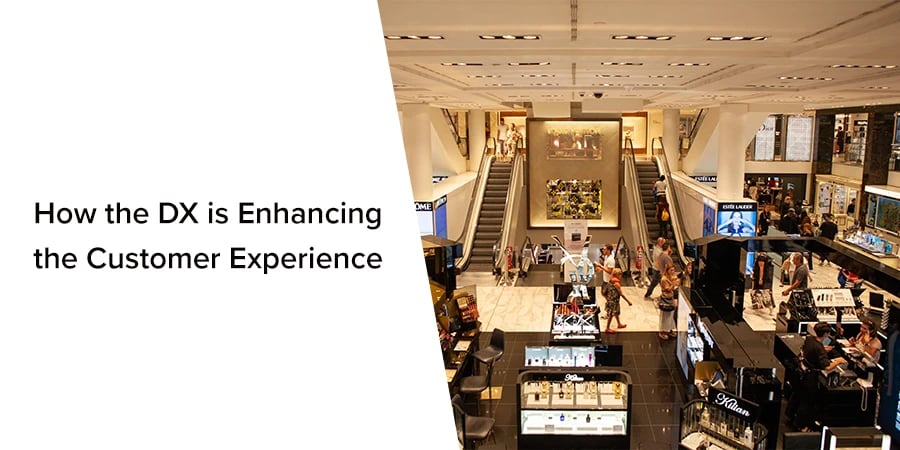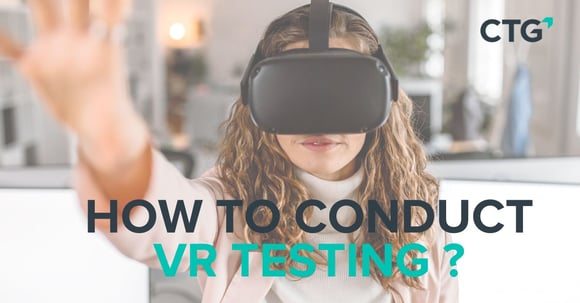While the customer experience (CX) has changed dramatically throughout the history of retail, but its importance has not. An engaging and attentive customer experience is still a key factor for success for retailers.
Today however, the customer experience is being shaped more and more by technology and digital services as retailers implement digital transformation plans designed to create a richer experience for consumers.
The digital transformation is much more than opening an e-commerce platform. It is about revolutionizing customers’ physical or brick-and-mortar shopping experience by creating a seamless, omnichannel experience synchronizing the digital and in-store retail experiences. As a result, this movement has been dubbed Phygital.
Key Customer Experience Statistics:
- 86% of buyers are willing to pay more for a great customer experience
- 73% of buyers point to customer experience as an important factor in their purchasing decisions
- 65% of buyers find a positive experience with a brand to be more influential than great advertising
Below, we highlight some of retail trends designed to engage customers, build customer loyalty, and create the best shopping experience for consumers.
Customer Experience Trends in Retail:
Artificial Intelligence
Chatbots
Retailers are harnessing the power of artificial intelligence to enhance the customer experience. Chatbots, as an AI application, have the capacity to dramatically improve retailers’ ability to communicate with customers anywhere and anytime.
Chatbots fill an important need for retailers; answering customer questions. This type of customer service can be less than thrilling for humans who can easily get tired of answering repetitive questions. Chatbots on the other hand do not get tired, and are able to provide the same high-level customer service 24/7 across multiple channels.
Given the potential of chatbots, 80 percent of brands globally are either currently using chatbots or have plans to use chatbots to communicate with consumers. Furthermore, the global chatbot market is expected to reach $1.23 billion by 2025.
Today, a number of brands use to chatbots to not only answer consumer questions, but to also engage consumers and provide personalized service. Brands like Burberry and Tommy Hilfiger use chatbots housed in Facebook Messenger to answer customer questions and even guide them through their latest collections.
Other retailers like Rue21, H&M, and Aerie have developed chatbots that provide product suggestions to customers based on their shopping profile and fashion preferences. The French cosmetic giant Sephora deploys a chatbot that allows customers to make in-store appointments with a beauty specialist.
While chatbots are used differently, they all provide brands with the ability to better meet the customers needs as well as provide personalized service, which is key in retail today.
Cashier-less Stores
Retailers are also using AI technology to streamline the checkout process, making it easier for consumers to make purchases in-stores.
Companies like Amazon have opened cashier-less stores that rely on AI technology that automatically tracks and registers the products consumers pick up and eventually charges them for as they leave the store. These and other AI systems have the potential to revolutionize the shopping experience by avoiding the hassle of waiting in checkout lines.
On top of that, the economic impact of cashier-less or automated checkouts will be huge. McKinsey estimates automated checkout can reduce cashier staff requirements by up to 75%, savings companies between $150 billion and $380 billion a year in 2025.
Internet of Things (IoT)
The adoption of IoT devices in retail is another way the digital transformation will shape the future of the customer experience.
Overall, the potential economic impact of IoT in retail environments will range from $410 billion to $1.2 trillion per year by 2025, according to McKinsey. This is primarily due to the fact that IoT will enable retailers to personalize their services and offer a impactful customer experience.
RFID Tags
One example of IoT in retail is the use sensors that can read RFID tags can allow for real-time inventory management when items are taken off of a shelf or rack.
Levi’s successfully integrated RFID tags in one of their stores that were able to automatically track which items customers had picked up.

Smart Mirrors using RFID tags can also be used to improve the customer experience. Here, Smart Mirrors read RFID tags to provide customers with more product information, and allow them to request new sizes, summon store assistants with ease, and even find complementary accessories or items to go with the look.
Personalized Discounts
Retailers are also installing sensors around certain products or spaces that automatically send discounts to customers smartphones through the store’s app. IoT’s can also be used to send discounts to customers when they enter the store for products they viewed on the store’s e-commerce platform.
Similarly, beacons, small Bluetooth devices, are being used to send notifications to smartphones based on location proximity. This technology allows retailers to send discounts, special event alerts, or other reminders to customers when they’re near a shop and have previously downloaded the store’s app.
According to survey conducted by Swirl Networks Inc., over 70% of shoppers say beacon-triggered content and offers increased their likelihood to purchase in-store.
Whether retailers install sensors or beacons, both examples of this technology will shape the future of the customer experience by enabling retailers to provide personalized service based on their interests and location.
Augmented Reality & Virtual Reality
A number of companies are now deploying augmented and virtual reality as a way engage customers with a more personalized shopping experience.
At-Home AR/VR Experiences
Adidas, Legos, and Ikea are just a few of the brands that are using AR technology to engage customers. AR technology allows customers to interact with a 3D visual representation of a product. Lego, for example, launched a mobile app that allowed customers to play with virtual legos in the real world.

Adidas has also used AR technology and SnapChat to allow customers to “virtually” try on their latest running shoe. The furniture giant Ikea takes advantage of AR technology to make it easier for customer to actually envision their products in their homes.
In-Store AR/VR Experiences
Brands like Under Armour are harnessing the power of AR to enhance in-store experiences. The American brand launched an AR app that when used in their stores, provides customers with rich video content that connects to a particular product.
With VR, brands are using this technology to improve the shopping experience. The French sporting goods giant, Decathlon, has recently deployed VR stations that enable customers to explore products in virtual environments, something that cannot be replicated in the real world. With the VR experience, customers can shop for tents by walking through them to get a better idea of the space and overall comfort of the tent.
Technology like AR and VR have the potential to help retailers get over the barriers that prevent customers from making purchases. In fact, about $70 billion worth of home improvement projects never come to fruition because consumers cannot visualize the end result. As a result, Lowe’s, the home improvement garagutan, has AR and VR design tools to help their customers visualize products in their home and give them the confidence needed to take on home improvement projects.
Omnichannel & Mobile First
Creating a seamless shopping experience is critical to the digital transformation of retail. As a result, retailers are working towards connecting all online and offline channels or touchpoints to improve the overall customer or shopping experience and build consider loyalty.
A company that is leading the charge in this endeavor is Starbucks, which uses it mobile app to allow customers to place and even pay for in-store orders. Starbuck customers earn points for every purchase they make which can be redeemed for free products.
In addition, Starbucks enables customers to recharge their Starbucks’ account through multiple channels using their website, app, or in-store. The app provides a platform for the company to communicate special offers to customers.
All of these efforts are helping Starbucks provide greater, more personalised experience for their customers while also improving customer loyalty using all relevant touchpoints.
Sephora also offers an omnichannel experience by linking customers’ online purchases, whether through their app or website, to their in-store purchases. Consumers can even use tablets placed around the sales floor to access their Sephora account to look up product information or virtually try on their products. Customers also have the option of liking products or adding them to their wish list to purchase at a later date via the app, website, or in store.
By creating omnichannel experiences, retailers will be in better position to meet customers’ expectations and take advantage of precious data to provide more relevant and personalized offers to them.
Quality Assurance Testing
Key to the digital transformation in retail and the rise of phygital is maintaining great customer experiences. With the rise of new services like apps, chatbots, beacons, RFID tags, etc., it is important to test these technologies to ensure they function as expected.
Why Test?
In the digital transformation era, quality assurance testing is vital for success. QA campaigns allow brands’ to evaluate the quality of their apps, websites, chatbots, IoT devices, and more in order to uncover any errors or digital bugs.
To learn more about the importance of testing, please download our white paper, "How and Why to Test in the Digital Transformation Era".









